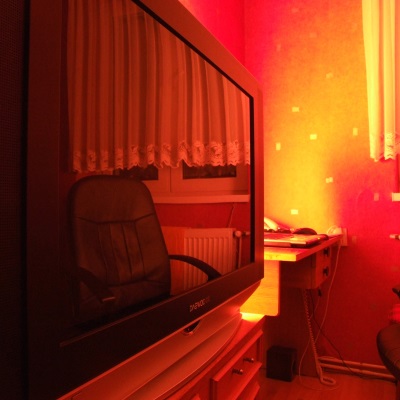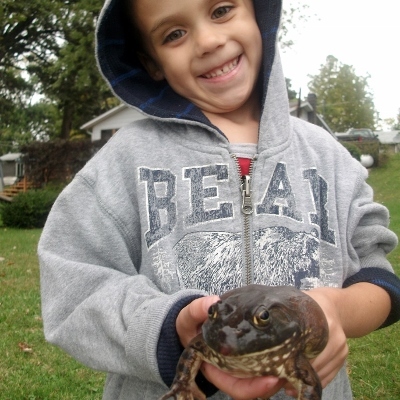 The television — you know, that screen in your living area that mesmerizes your child. It’s such a part of America’s lifestyle with children even having their own televisions in their bedrooms. And, the Nielsen ratings show that the TV is on for more than seven hours a day in many households. So, is your child glued to the screen and who controls the remote in your home? Now, I’m not saying that all television shows are bad, there are some very educational shows on the tube, but excessive watching takes away time for exercise, enjoying nature outdoors, and separates parents and children when quality bonding is necessary for child rearing.
The television — you know, that screen in your living area that mesmerizes your child. It’s such a part of America’s lifestyle with children even having their own televisions in their bedrooms. And, the Nielsen ratings show that the TV is on for more than seven hours a day in many households. So, is your child glued to the screen and who controls the remote in your home? Now, I’m not saying that all television shows are bad, there are some very educational shows on the tube, but excessive watching takes away time for exercise, enjoying nature outdoors, and separates parents and children when quality bonding is necessary for child rearing.
Do you have a television problem at home?
There are some warning signs to help you decide if you have a remote problem at home. Looks for these signs.
- Does your child turn on the TV the minute they get home from school and it also stays on all weekend?
- Is your child a walking TV Guide, knowing when every show comes on and which station?
- Does you child get upset if he misses his favorite show, even if he is doing something very enjoyable instead?
- Do other activities revolve around the television schedule? For example, “I can’t go to soccer practice today because that’s when _______ is on.â€
- When your child invites friends over to visit, can he entertain his friends with music or another form of entertainment other than the television?
- Does your child constantly ask for new toys or products that have been seen on television commercials?
- What about bedtime? Does your child need the television on to fall asleep?
- As a former teacher, I found that many children would even write their essays with television in mind. If you child uses story themes or characters often for schoolwork, this shows that television blocks his ability for creative writing and critical thinking.
If you have answered yes to many of these questions, television is becoming a behavioral problem with your child. At this point, you probably have a question of your own: “What can I do about it?” The first thing you can do is check back at this site on February 19th for the next article in this two-part series, How to Tame the Television Obsession. By reading it, you’ll learn some practical ways to show your child that there’s much more to life than watching TV.










